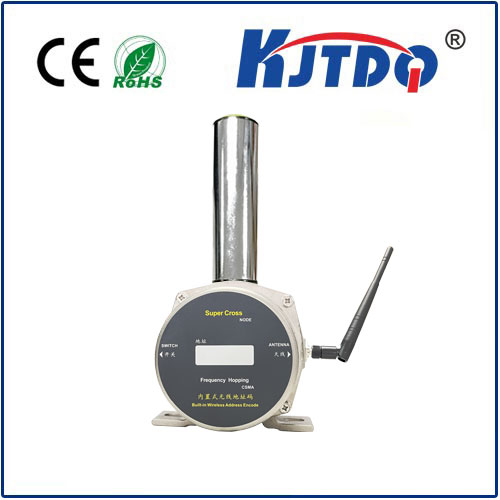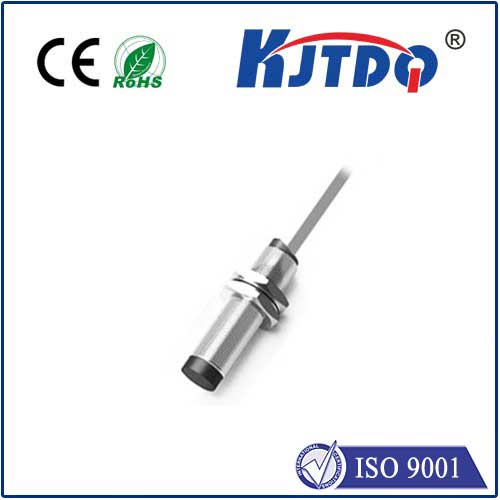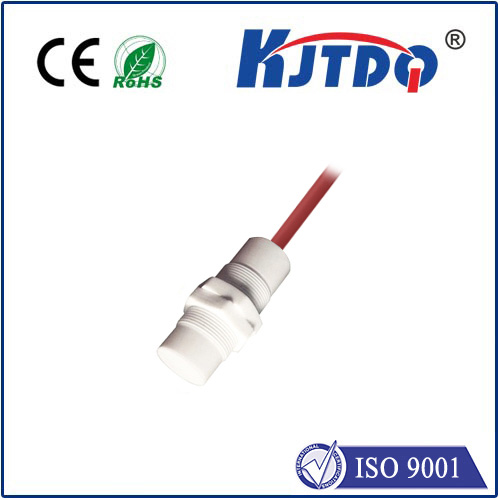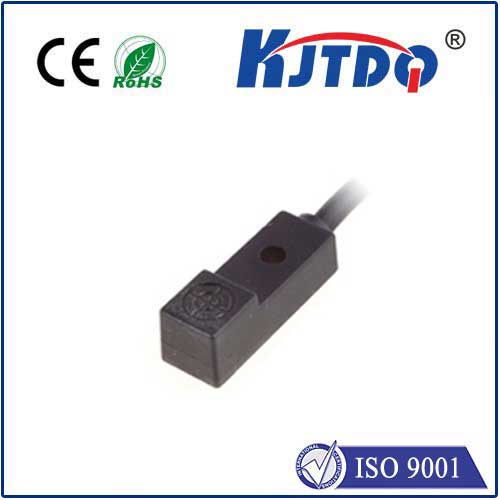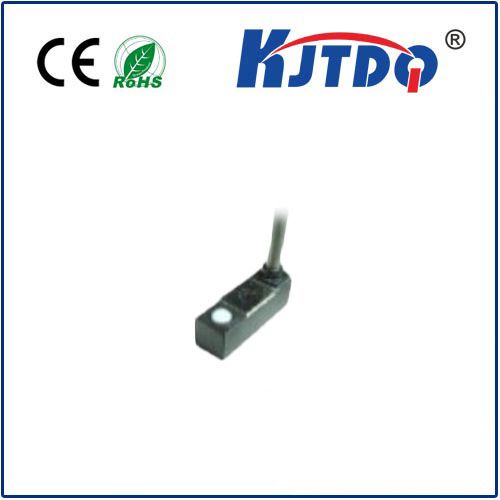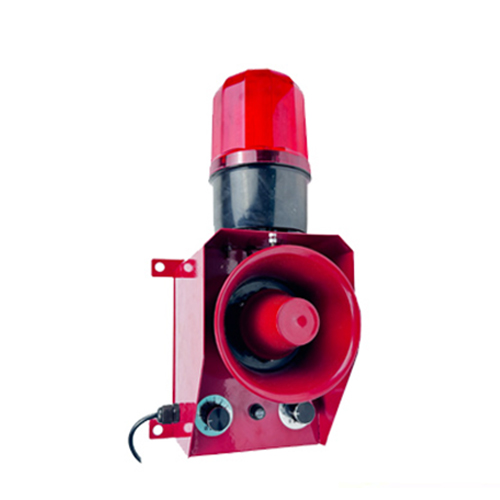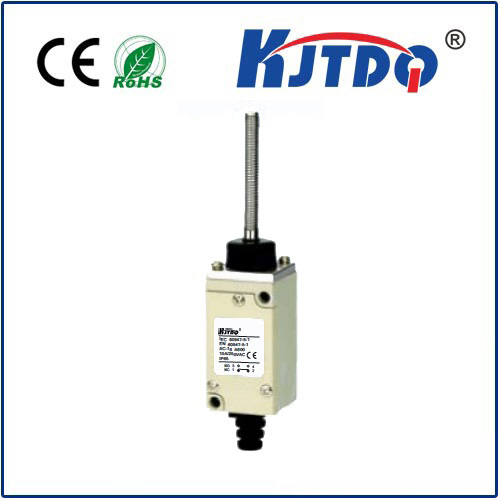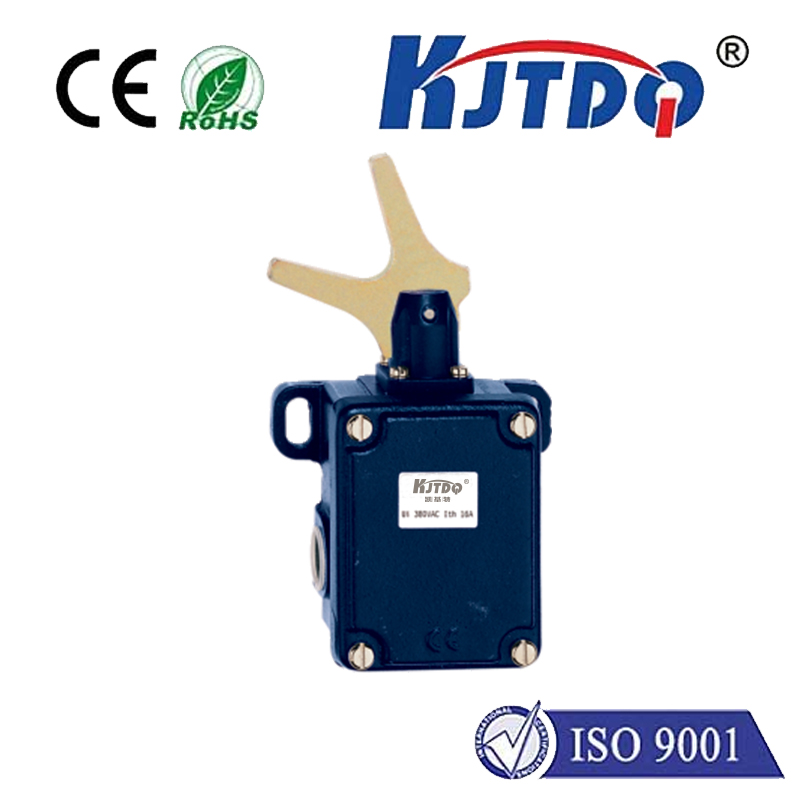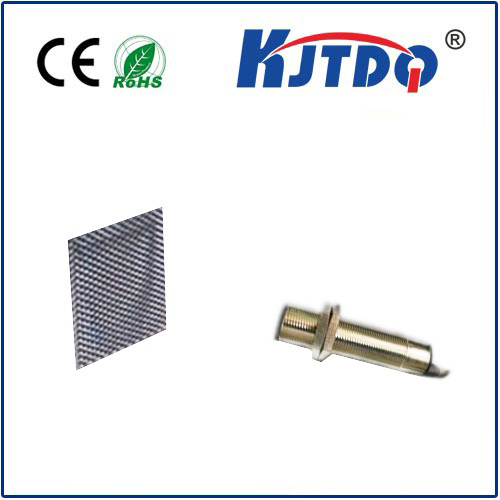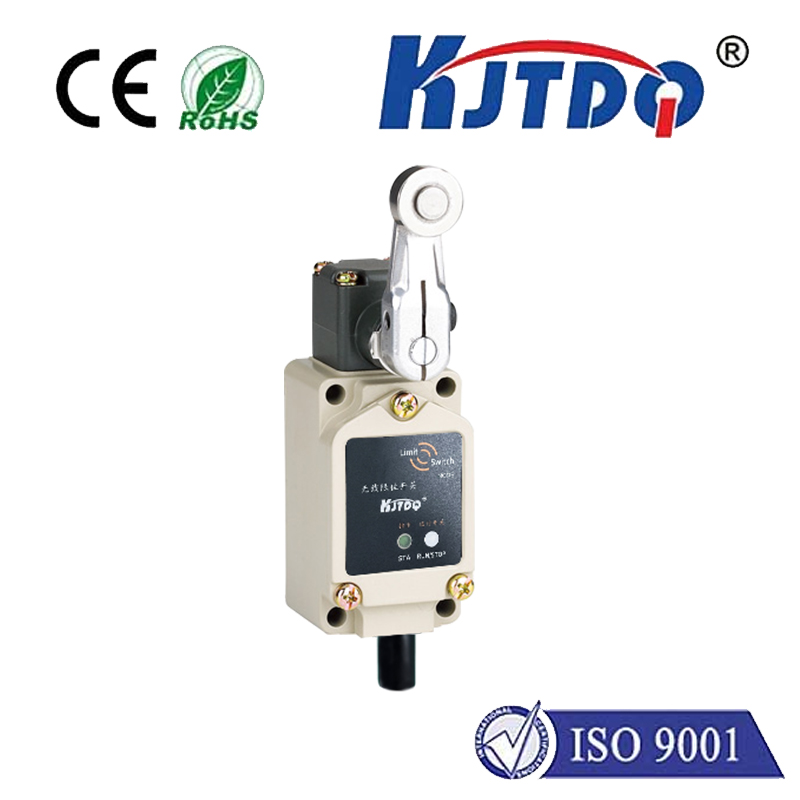

check

check

check

check

check

check

check

check

check

check

Voltage Sensors: Unveiling the Power Behind Precision Electrical Measurement In the intricate world of electronic systems and electrical grids, voltage sensors emerge as unsung heroes, ensuring the seamless operation and safety of our daily power consumption. These devices play a pivotal role in monitoring and regulating electrical voltages, which is essential for the efficient functioning of anything from household appliances to industrial machinery. This article delves into the significance of voltage sensors, their applications, and how they contribute to advancing technology and safeguarding infrastructures. Understanding Voltage Sensors and Their Functionality At their core, voltage sensors are designed to detect and measure the voltage levels within electrical circuits. They come in various forms, including analog meters, digital displays, and integrated circuits, each catering to different needs and technological requirements. The primary function of these sensors is to provide real-time data that indicates whether the voltage is within a safe and desirable range, thus preventing damage to connected equipment and ensuring optimal performance. The Anatomy of Voltage Sensors Voltage sensors consist of several key components that work together harmoniously. These include resistive dividers, amplifiers, analog-to-digital converters, and microcontrollers. Resistive dividers step down high voltages to safer levels for measurement. Amplifiers then boost the signal strength, enabling highly accurate readings through analog-to-digital converters. Finally, microcontrollers process this data, often communicating wirelessly or through wired connections to display units or control systems. Applications Across Various Sectors The utility of voltage sensors spans across multiple sectors, highlighting their versatility. In residential settings, they protect home appliances from power surges, while in industrial contexts, they monitor large motors and transformers for signs of malfunction or inefficiency. Additionally, voltage sensors are integral to the operation of renewable energy systems like solar panels and wind turbines, where precise voltage measurements are crucial for maximizing energy harvest and conversion efficiency. Innovations Stemming from Voltage Sensing Technology As technology progresses, so too does the functionality and capabilities of voltage sensors. Smart grids heavily rely on these sensors to gather data that aids in load balancing, fault detection, and predictive maintenance. Moreover, advancements in materials science have led to the development of more durable and accurate sensors capable of withstanding harsh environmental conditions. Safety First: The Non-negotiable Role of Voltage Sensors Perhaps the most critical aspect of voltage sensors is their contribution to safety. By continuously surveilling electrical circuits, they help prevent hazardous situations such as overvoltage, undervoltage, and short circuits. In public infrastructures like hospitals and airports, where uninterrupted power supply is paramount, voltage sensors provide an additional layer of reliability and peace of mind. Looking Towards the Future With the Internet of Things (IoT) revolutionizing the way we interact with technology, the future holds even greater potential for voltage sensors. Integrated into smart devices and connected ecosystems, these sensors could offer unprecedented insights and control over our electrical usage patterns, further enhancing both convenience and sustainability. In conclusion, voltage sensors are far more than mere measuring devices; they are fundamental to modern life’s electrical infrastructure backbone. From safeguarding our homes to enabling cutting-edge industrial processes, their impact is profound and ubiquitous. As we continue to innovate and integrate new technologies, the role of voltage sensors will only expand, solidifying their position as vital components in the ever-evolving landscape of electrical engineering.
